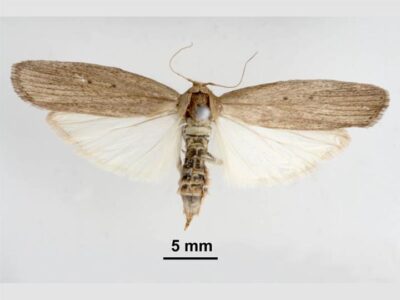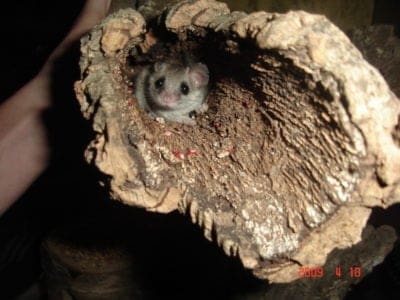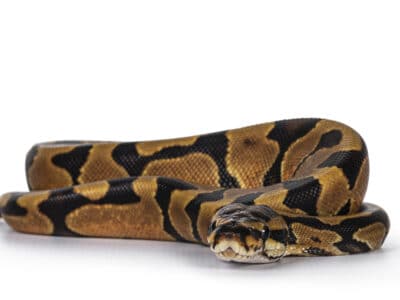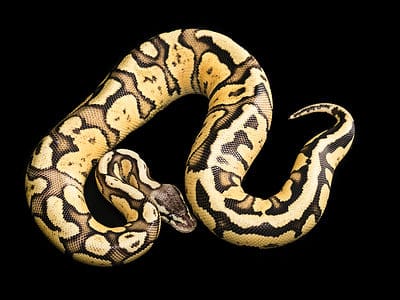Below you can find a complete list of Equatorial Guinean animals. We currently track 235 animals in Equatorial Guinea and are adding more every day!
The Republic of Equatorial Guinea, better known as Equatorial Guinea, is a west coast Central African country with a unique wildlife scene. Geographically, the nation has two regions: the mainland, aka Río Muni, and the insular region, which is a series of islands.
Weather-wise, Equatorial Guinea enjoys a tropical climate with wet and dry seasons that fluctuate regionally. For example, the mainland is dry from June to August, while parts of the insular region experience their wet season during those months.
Equatorial Guinea is about the size of Massachusetts, and it’s a unique biodiversity hotspot. Despite its relatively small landmass, it boasts extensive wildlife and five ecoregions, including the Atlantic Equatorial coastal forests, Central African mangroves, Cross-Sanaga-Bioko coastal forests, Mount Cameroon and Bioko montane forests, in addition to the São Tomé, Príncipe, and Annobón moist lowland forests. Impressively, Equatorial Guinea scores high on the Forest Landscape Integrity Index and ranks in the top 20 percent of countries with its average mean score of 7.9 out of 10.
In terms of the country’s flora and fauna populations, there are:
Chimps, gorillas, monkeys, leopards, antelopes, elephants, hippos, crocodiles, and snakes call the country home. Insects are also plentiful in the region, especially the tsetse fly and termites. Catfish are popular off the coast of Equatorial Guinea, as are perch, tuna, mackerel, cod, pike, shark, and crayfish. Endangered African manatees also maintain populations in and around the country’s waters.
The Official National Animal of Equatorial Guinea
Like Tanzania, the official national animal of Equatorial Guinea is the giraffe. Residents picked the iconic long-necked animal because it’s brought lots of foreign money into the country. Moreover, citizens revere the giraffe as a noble animal, and being called one is a cultural compliment.
Where To Find the Top Wild Animals in Equatorial Guinea
Despite widespread corruption and aggressive national logging industry, Equatorial Guinea has managed to set aside a considerable amount of protected park space where much of the country’s flora and fauna reside.
They include, from largest to smallest:
- Monte Alén National Park
- Altos de Nsork National Park
- Muni Estuary Nature Reserve
- Gran Caldera de Luba Scientific Reserve
- Corisco and Elobeyes Nature Reserve
- Pico Basilé National Park
- Rio Campo Natural Reserve
- Annobón Nature Reserve
- Monte Temelon Natural Reserve
- Punta Llende Nature Reserve
The Most Dangerous Animals in Equatorial Guinea Today
The three most dangerous animals in Equatorial Guinea are mosquitoes, tsetse flies, and hippos. The first two carry fatal diseases, and the last has the power to crush almost anything. In fact, hippos are responsible for 500 human deaths a year in Africa.
Nearly Extinct and Endangered Animals
Equatorial Guinea has a handful of endangered species, including Stévart’s egg frogs and Goliath frogs, the largest frog species in the world. Other animals in Equatorial Guinea on the International Union for the Conservation of Nature’s Red List are:
- African forest elephant: Critically Endangered
- African golden cat: Vulnerable
- Preuss’s monkey: Endangered
- Father Basilio’s striped mouse: Endangered
- Pennant’s red colobus: Critically Endangered
- Northern needle-clawed bushbaby: Near Threatened
- Bioko Allen’s bushbaby: Near Threatened
- Bioko drill: Endangered
- Bioko forest shrew: Vulnerable
- African Manatees: Endangered
Equatorial Guinean Animals

Aardvark
Can move 2ft of soil in just 15 seconds!

African Civet
Secretes up to 4g of musk every week!
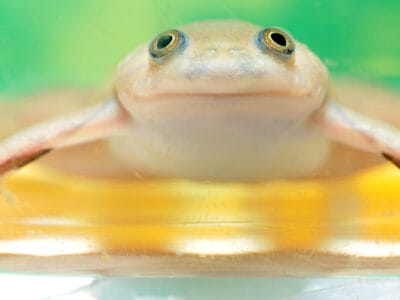
African Clawed Frog
African clawed frogs were used as pregnancy testers from the 1930s to the early 1960s.
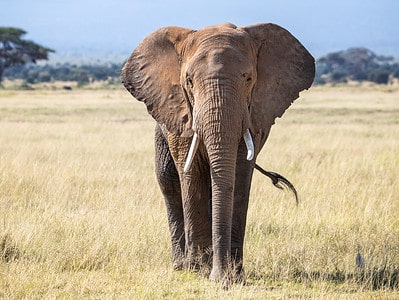
African Elephant
Both male and female African elephants have tusks. In Asian elephants, only the males have tusks.

African Fish Eagle
African fish eagles belong to the genus of sea eagles
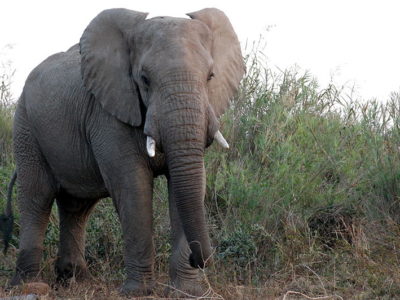
African Forest Elephant
Have large rounded ears to help keep them cool!
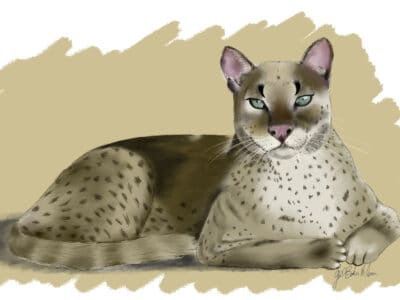
African Golden Cat
The first image of an African golden cat was captured in the wild in Gabon in 2002.
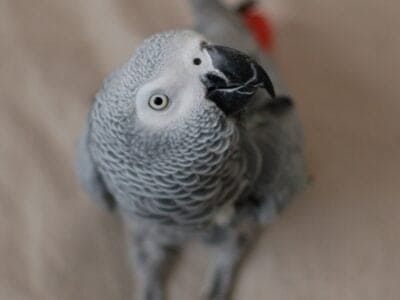
African Grey Parrot
When a grey parrot named Yosuke got lost, it was reunited with its owner after giving the owner's name and address.
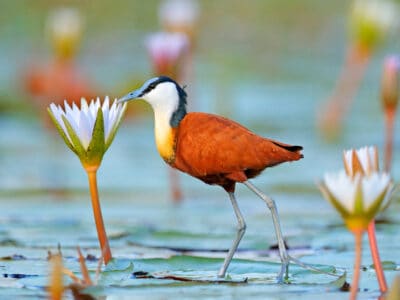
African Jacana
The males raise the young
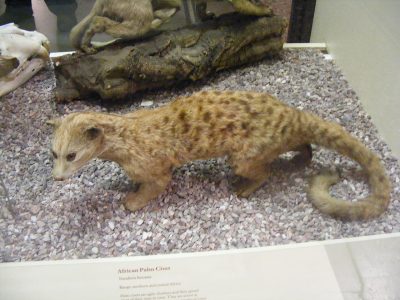
African Palm Civet
Solitary but gathers in groups!
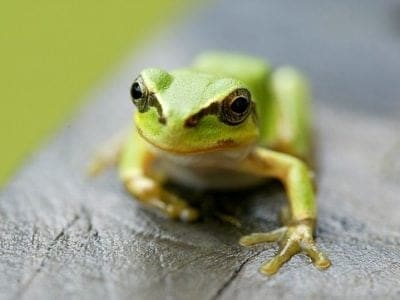
African Tree Toad
Found in tropical moist lowland forests!

Agama Lizard
The agama forms small social groups that contain both dominant and subordinate males.
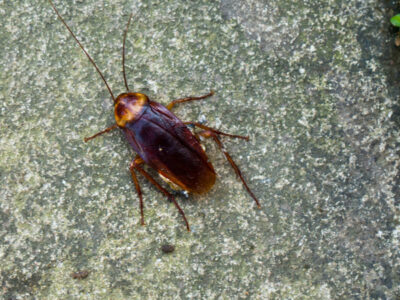
American Cockroach
Despite its name, actually originated from Africa and the Middle East

Ant
First evolved 100 million years ago!
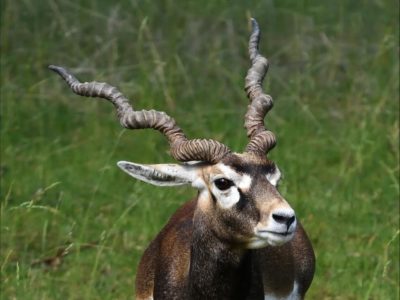
Antelope
Renew their horns every year!

Armyworm
They are so named because they "march" in armies of worms from one crop to another in search of food
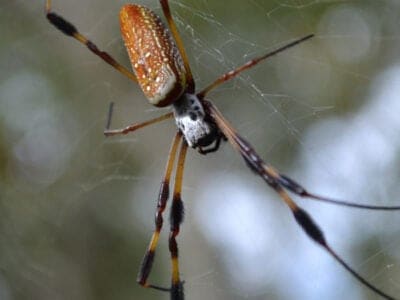
Banana Spider
People spin clothing and fishing nets out of these spiders’ silk.
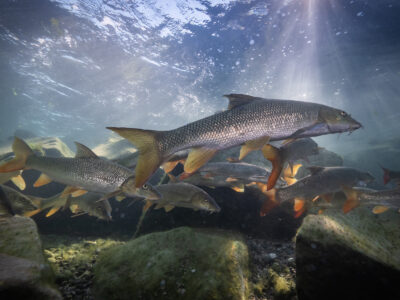
Barb
There are over 1768 known species!

Barn Owl
Found everywhere around the world!

Barn Swallow
Older offspring help care for new hatchlings.

Bat
Detects prey using echolocation!

Bed Bugs
Bed bugs feed for 4-12 minutes.

Bee
Rock paintings of bees date back 15,000 years

Beetle
There are more than 350,000 different species
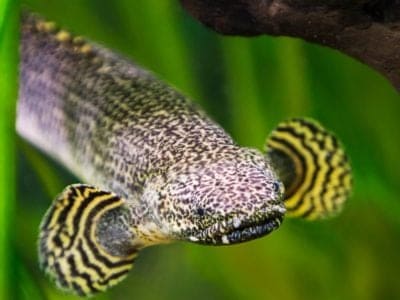
Bichir
The bichir species is more than 400 million years old

Bird
Not all birds are able to fly!

Biscuit Beetle
The biscuit beetle form a symbiotic relationship with yeast

Black Widow Spider
They typically prey on insects!

Bongo
Long and heavy spiralled horns!
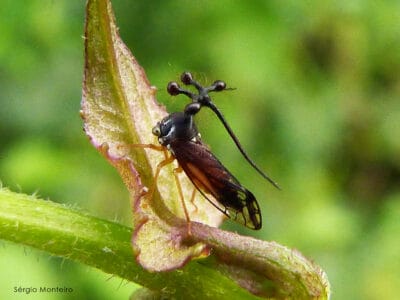
Brazilian Treehopper
“Mild-Mannered Minimonsters”
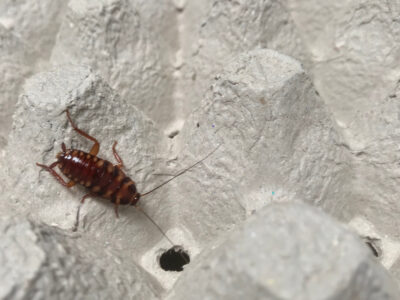
Brown-banded Cockroach
Females glue egg cases to furniture

Brown Dog Tick
Can live its entire life indoors

Buffalo
"They look like you owe them money."

Bumblebee
The most common species of bee!

Bush Baby
In a series of leaps, this creature can cover almost 30 feet of distance in just a few seconds.
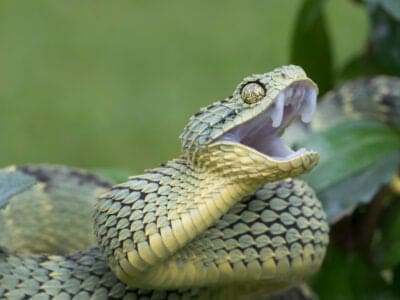
Bush Viper
Bush vipers are predators, sinking their fangs into prey while dangling from a tree limb

Butterfly
There are thought to be up 17,500 species!
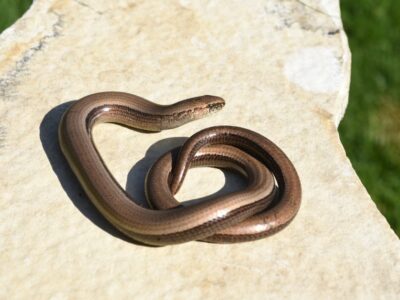
Caecilian
Some species' babies use their hooked or scraper-like teeth to peel off and eat their mother's skin

Carpenter Ant
Carpenter ants can lift up to seven times their own weight with their teeth!

Cat
May have been domesticated up to 10,000 years ago.

Caterpillar
The larvae of a moth or butterfly!

Catfish
There are nearly 3,000 different species!

Centipede
There are about 3,000 documented species!
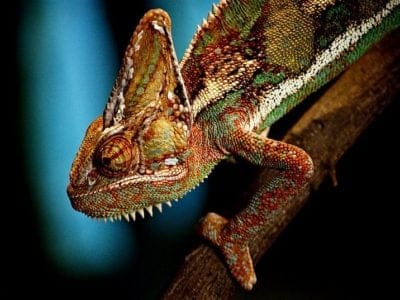
Chameleon
There are more than 160 different species!
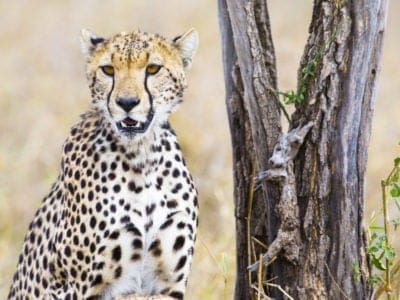
Cheetah
The fastest land mammal in the world!

Chicken
First domesticated more than 10,000 years ago!
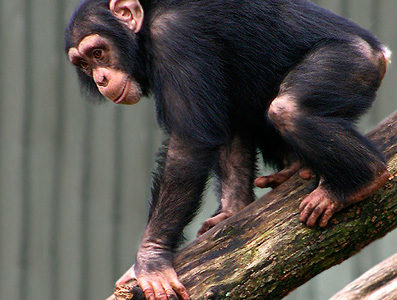
Chimpanzee
Has 32 teeth including fang-like canines!

Cichlid
There are more than 2 000 known species!

Cockroach
Dated to be around 300 million years old!

Codling Moth
Pupae are able to undergo diapause to survive poor fruit yield years and winter.
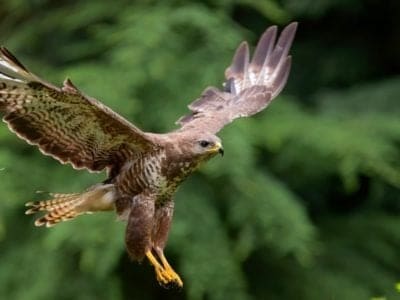
Common Buzzard
The most common raptor in the UK!

Common Furniture Beetle
The common furniture beetle feeds exclusively on wood

Common House Spider
House spiders have the ability to eat most insects in a home.

Cormorant
They can fly 35 mph and dive 150 feet below water.

Cow
There are nearly 1.5 billion worldwide!

Crab
There are 93 different crab groups

Crab Spider
Crab Spiders can mimic ants or bird droppings
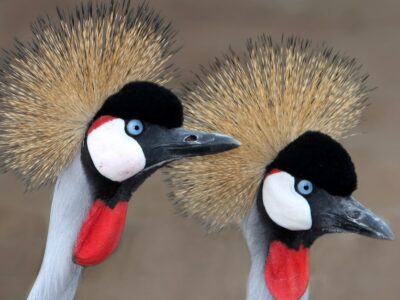
Crane
Many are critically endangered species!

Cricket
Male crickets can produce sounds by rubbing their wings together
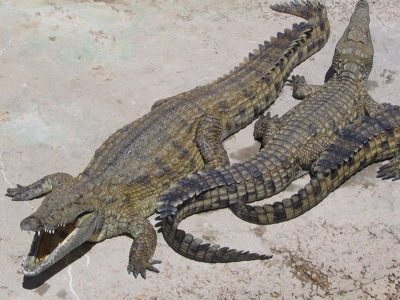
Crocodile
Have changed little in 200 million years!

Crocodylomorph
Crocodylomorphs include extinct ancient species as well as 26 living species today.

Crow
A group of these birds is called a Murder.

Dog
First domesticated in South-East Asia!

Dog Tick
Dog ticks feed on dogs and other mammals

Donkey
First domesticated 5,000 years ago!

Dragonfly
It's larvae are carnivorous!

Duck
Rows of tiny plates line their teeth!

Dung Beetle
The dung beetle can push objects many times its own weight
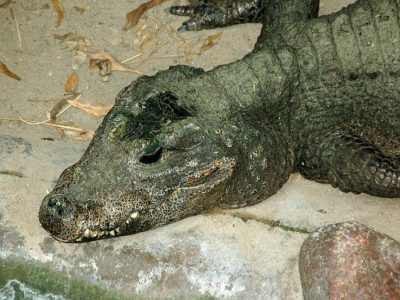
Dwarf Crocodile
Digs burrows in river banks to rest!

Earthworm
They are hermaphrodites, which means they have male and female organs

Earwig
There are nearly 2,000 different species!

Eel
Eels can be a mere few inches long to 13 feet!
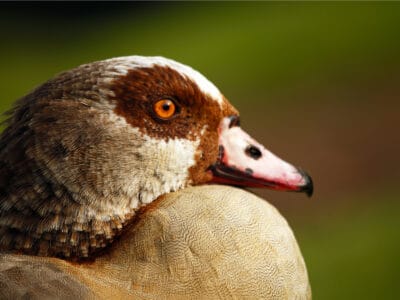
Egyptian Goose
A duck species that resembles a goose when flying
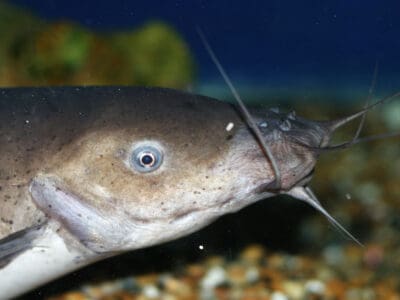
Electric Catfish
The electric catfish can discharge an electric shock up to 450 volts
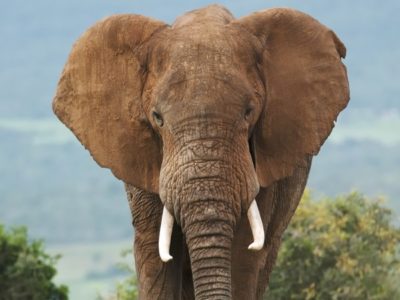
Elephant
Spends around 22 hours a day eating!
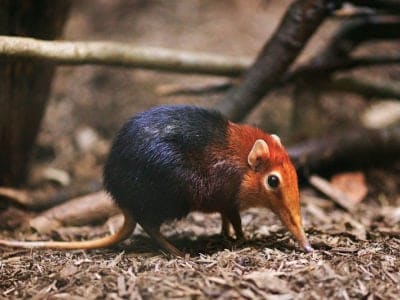
Elephant Shrew
Found exclusively on the African continent!

Falcon
The fastest creatures on the planet!

False Widow Spider
False spiders actually prey on black widow spiders and other hazardous spiders
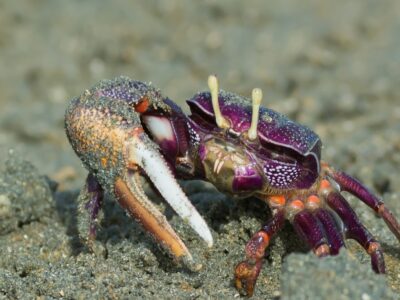
Fiddler Crab
The fiddler crab gets its name from the motion the males make with their over-sized claw during the mating ritual.
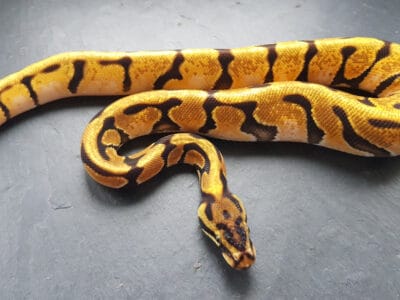
Fire Ball Python
The fire ball python morph is known for its rich golden and reddish-brown coloration.

Firefly
The firefly produces some of the most efficient light in the world
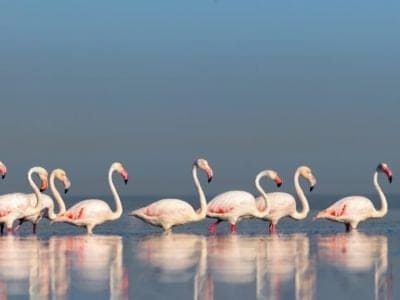
Flamingo
Sleeps on just one leg!

Flea
Adult fleas can jump up to 7 inches in the air

Fly
There are more than 240,000 different species!
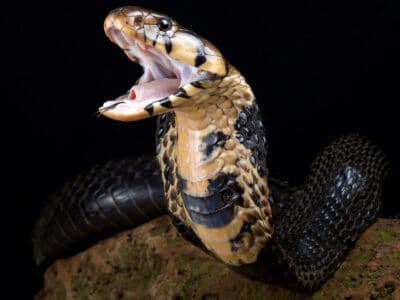
Forest Cobra
There are three different color morphs, which entirely depend on the region that they live in.
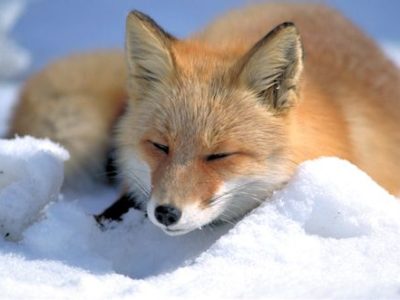
Fox
Only 12 species are considered "true foxes"

Frog
There are around 7,000 different species!

Fruit Fly
Fruit flies are among the most common research animals in the world
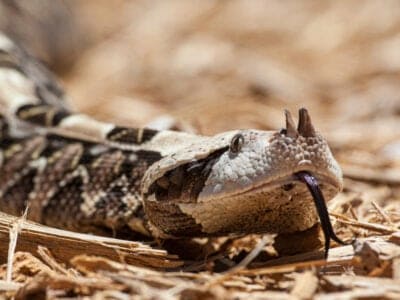
Gaboon Viper
Gaboon vipers are the largest vipers in Africa.
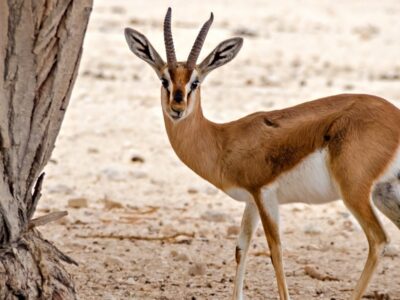
Gazelle
Named for the Arabic word for love poems
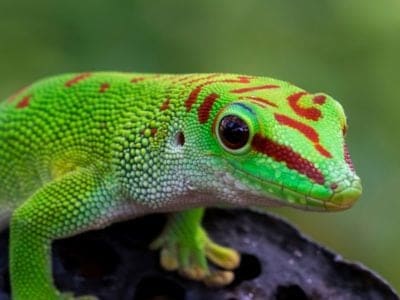
Gecko
There are thought to be over 2,000 species!
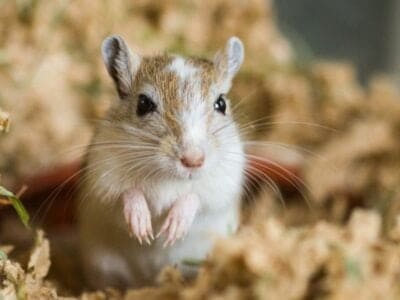
Gerbil
Originally known as the Desert Rat!

German Cockroach
The most common type of urban roach
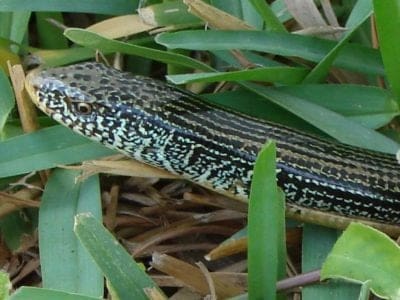
Glass Lizard
Can grow up to 4ft long!

Glowworm
Found inhabiting dense woodland and caves!

Gnat
Males form large mating swarms at dusk

Goat
Most closely related to the Sheep!
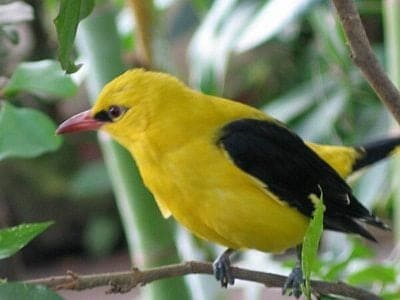
Golden Oriole
Migrates between Europe and Asia!
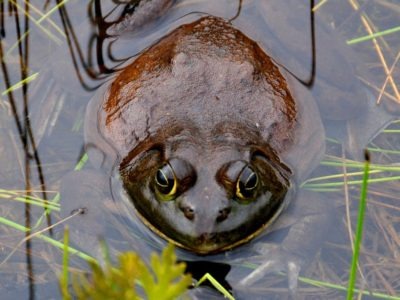
Goliath Frog
Does not have a vocal sac.
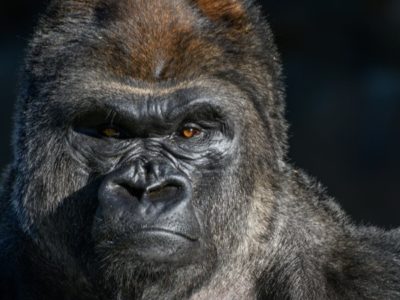
Gorilla
The biggest of the world's primates!

Grasshopper
There are 11,000 known species!
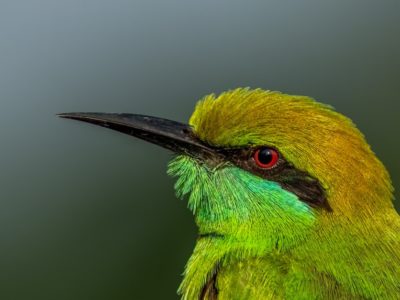
Green Bee-Eater
Mainly eats honeybees!
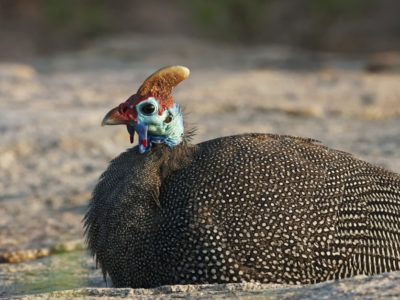
Guinea Fowl
Found in a vairety of African habitats!
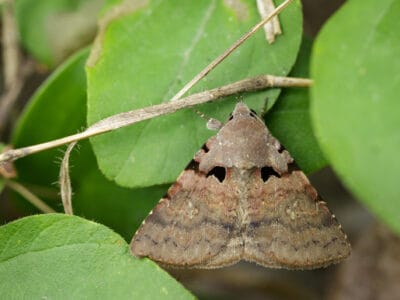
Gypsy Moth
One of the most invasive species in the world

Hamster
Able to run as quickly backwards as forwards!

Hare
Can reach speeds of over 50 mph!

Hawk Moth Caterpillar
Many hawk moth caterpillars eat toxins from plants, but don’t sequester them the way milkweed butterflies do. Most toxins are excreted.
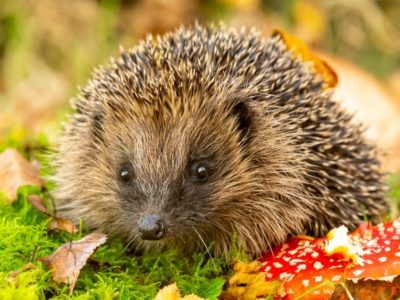
Hedgehog
Thought to be one of the oldest mammals on Earth!

Heron
Inhabits wetlands around the world!
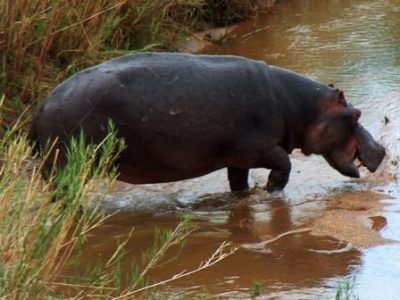
Hippopotamus
Has pink anti-bacterial sweat!

Honey Badger
One of earth's bravest creatures!

Honey Bee
There are only 8 recognized species!
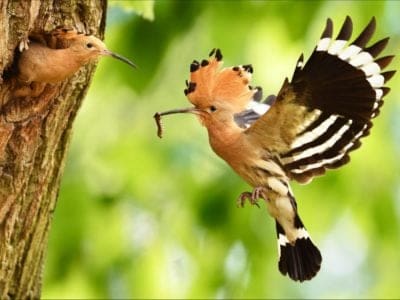
Hoopoe
Stunning bird with a stinky way to deter predators!

Horse
Has evolved over 50 million years!

Horsefly
Horseflies have been seen performing Immelmann turns, much like fighter jets.

Housefly
The fly has no teeth

Human
Thought to have orignated 200,000 years ago!

Huntsman Spider
Some huntsman spiders have an interesting way of moving around. Some cartwheel while others do handsprings or backflips.
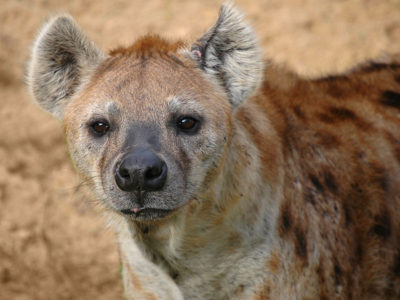
Hyena
There are four different species!

Ibis
Found in swamps, marshes and wetlands!

Insects
There are an estimated 30 million species!

Jacana
The jacana has the ability to swim underwater
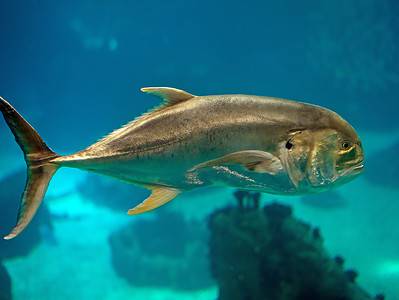
Jack Crevalle
One of the biggest species in the Caranx genus

Jumping Spider
Some can jump 50 times the length of their bodies

Kingfisher
Inhabits wetlands and woodlands worldwide!

Ladybug
There are more than 5,000 species worldwide!

Leech
Has 10 pairs of eyes!
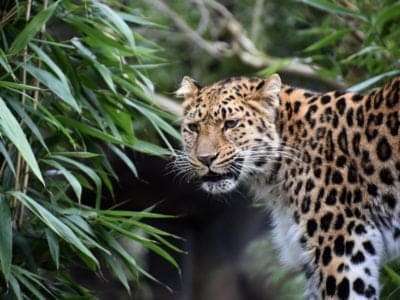
Leopard
Spends much of the time high in the trees!

Liger
The offspring of a lion and tiger parents!

Lion
Lives in small groups called prides!

Lizard
There are around 5,000 different species!

Locust
Each locust can eat its weight in plants each day.
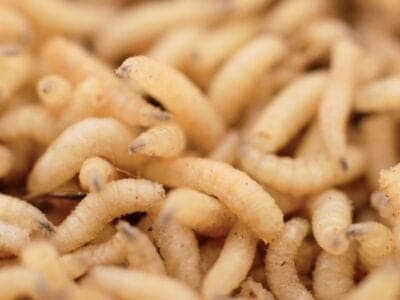
Maggot
Will only live in wet areas
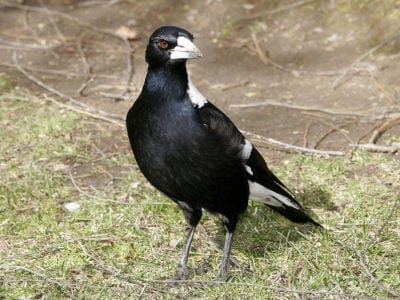
Magpie
They are found across Europe, Asia and Africa!
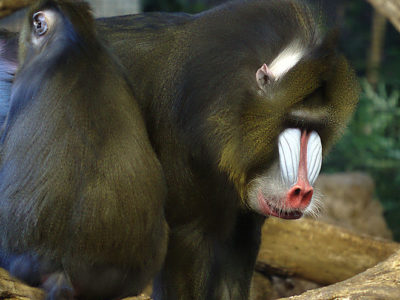
Mandrill
Distinctively coloured noses and rumps!
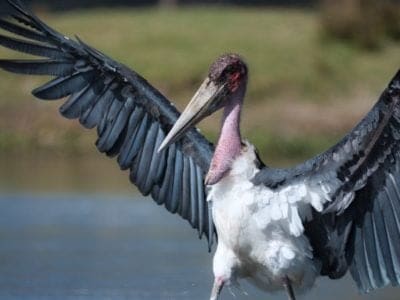
Marabou Stork
The marabou stork does not have a voice box.

Mayfly
There are 2,500 known species worldwide!

Mealybug
They have a symbiotic relationship with ants.

Millipede
Some species have a poisonous bite!
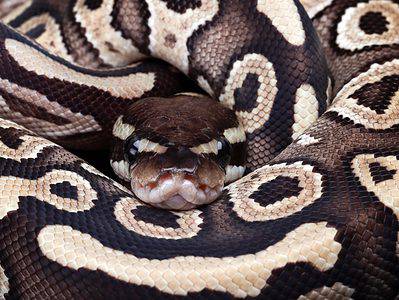
Mojave Ball Python
Instead of the typically banded or ‘alien head’ patterning of most ball python morphs, the Mojave morph’s patterning is characterized by lots of large, circular splotches with small, dark brown dots in their centers.

Mole
Primarily hunts and feeds on Earthworms!
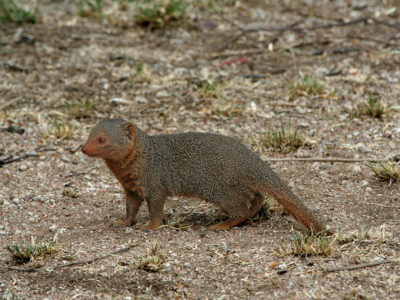
Mongoose
Range in size from just 1 to 3 foot!

Mongrel
Has characteristics of two or more breeds!
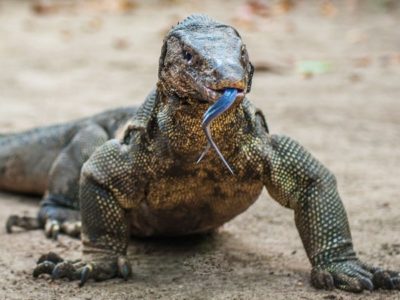
Monitor Lizard
Some species are thought to carry a weak venom!

Monkey
There are around 260 known species!

Moorhen
Feeds on aquatic insects and water-spiders!

Mosquito
Only the female mosquito actually sucks blood

Moth
There are 250,000 different species!

Mouse
Found on every continent on Earth!

Mule
The offspring of a horse and donkey parents!

Nematode
Nematodes range in size from 1/10 of an inch to 28 feet long

Nightingale
Named more than 1,000 years ago!
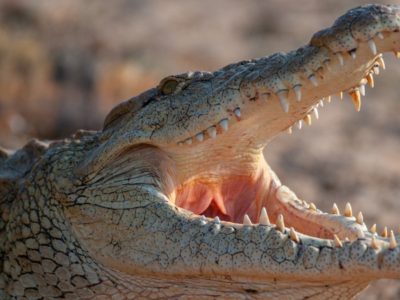
Nile Crocodile
Unlike other reptiles, the male Nile crocodile will stay with a female to guard their nest of eggs.
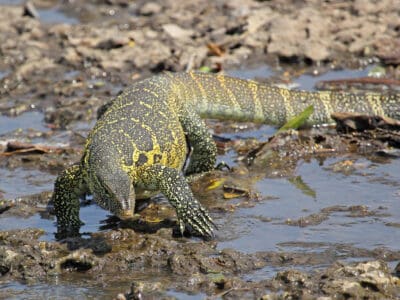
Nile Monitor
The Nile monitor is the world's fourth-largest lizard!

No See Ums
There are more than 5,000 species.
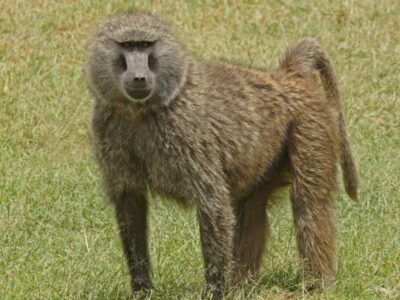
Olive Baboon
Olive baboons will sometimes form strong friendships with each other

Orb Weaver
Females are about four times the size of males

Osprey
They reuse nesting sites for 70 years!

Otter
There are 13 different species worldwide

Owl
The owl can rotate its head some 270 degrees
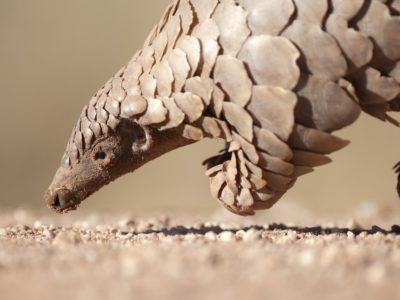
Pangolin
Bad eyesight, but great sense of smell
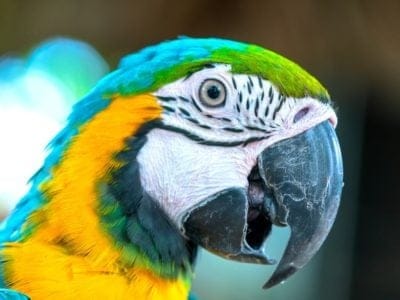
Parrot
Can live for up to 100 years!

Peregrine Falcon
Fastest animal on Earth

Pheasant
Females lay between 8 and 12 eggs per clutch!

Pigeon
They can find their way back to their nests from up to 1300 miles away.
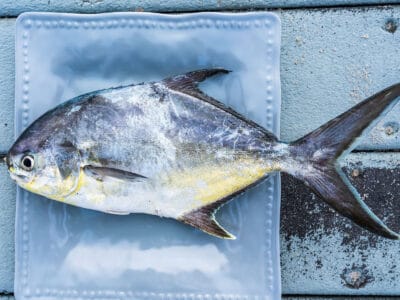
Pompano Fish
They are bottom-feeders
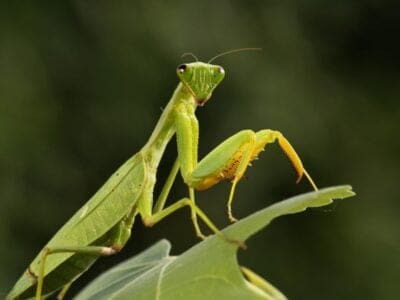
Praying Mantis
The mantis can turn its head 180 degrees.
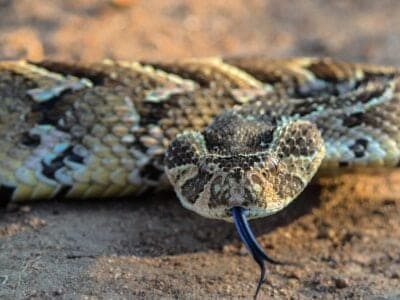
Puff Adder
This large snake is so-named because it will puff up its body to appear bigger than it is when directly threatened by a predator or person.

Quail
Inhabits woodland and forest areas worldwide!

Rabbit
There are more than 300 different species!

Rat
Omnivores that eat anything!
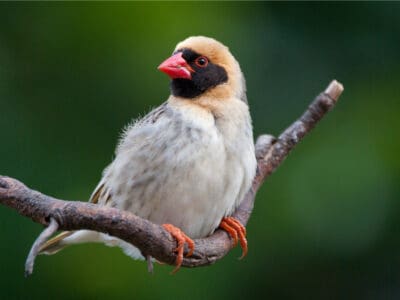
Red-Billed Quelea Bird
Is the most populous bird in the world
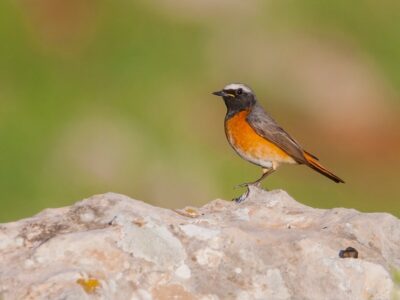
Redstart
They build their nests off the ground in tree holes, cavities, stone walls, and roofs
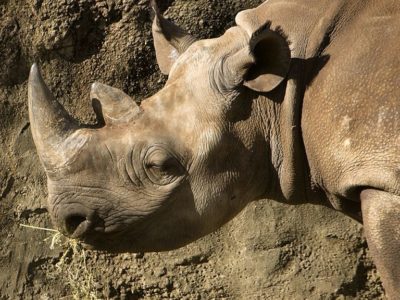
Rhinoceros
It's horns are made from keratin!

River Turtle
Inhabits freshwater habitats around the world!
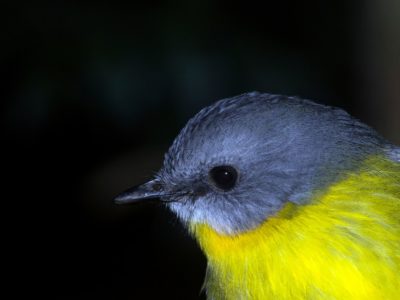
Robin
There are more than 45 species in Australia alone!
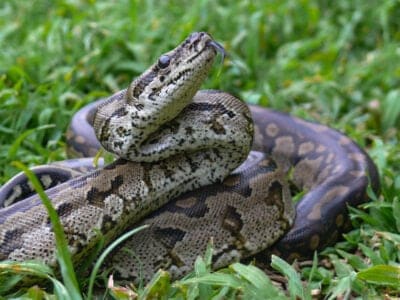
Rock Python
Rock pythons may have crossbred with the escaped Burmese pythons in Florida.

Rodents
The capybara, the world’s largest rodent, likes to be in and around bodies of water. Because of this, the Catholic Church in South America decided that it was a fish, and people were allowed to eat it during Lent and First Fridays.

Rooster
Will mate with the entire flock!

Sable Ferret
Ferrets were used during the Revolutionary War to keep down the rat population.
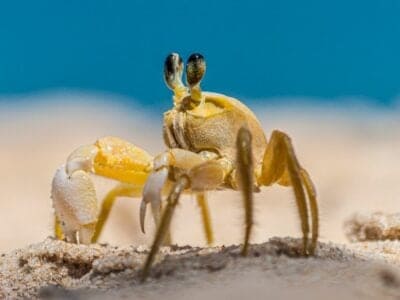
Sand Crab
The sand crab burrows beneath the sand with its tail
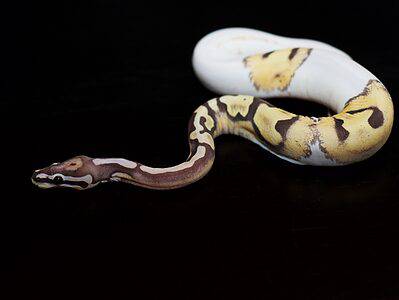
Scaleless Ball Python
Aside from the ocular scales covering each of its eyes, the scaleless ball python's body is completely smooth.

Scorpion
There are around 2,000 known species!

Sea Eagle
The sea eagle tends to mate for life with a single partner

Seahorse
Males give birth to up to 1,000 offspring!
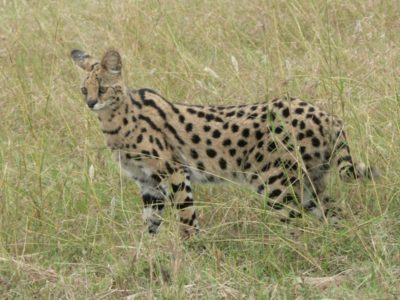
Serval
Can leap more than 1 meter into the air!

Shrew
The spinal column of the shrew Scutisorex somereni is so strong and reinforced that it can support the weight of an adult human.

Shrimp
There are 2,000 different species worldwide!

Skink Lizard
Some skinks lay eggs in some habitats while giving birth to skinklets in other habitats.

Slug
They glide around on one foot, which is aided by the slime they produce

Smokybrown Cockroach
Has up to 45 eggs per egg case

Snail
There are nearly 1,000 different species!

Snake
There are around 4,000 known species worldwide

Sparrow
There are 140 different species!

Spider Wasp
They prey on spiders to feed their larvae or they parasitize other spider wasps.
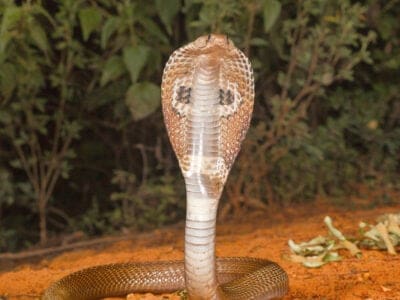
Spitting Cobra
Spitting cobras are types of cobras that can spit venom at predators and prey.

Squirrel
Small rodents found in woodlands worldwide!

Stick Insect
There are more than 3,000 different species!
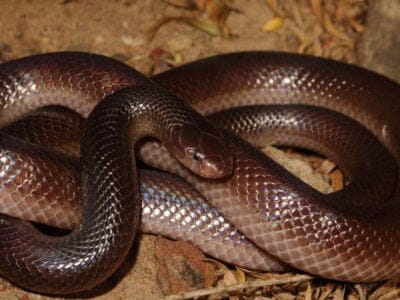
Stiletto Snake
Because of their unique venom delivery system, stiletto snakes are almost impossible to hold safely in the usual way (with fingers behind the head) without being bitten.

Stork
They can’t sing like other birds.

Swan
Populations have been affected by pollution!

Tarantula Hawk
Tarantula hawks are excellent pollinators, especially for milkweed.

Termite
Their mounds can be up to 9 meters tall!
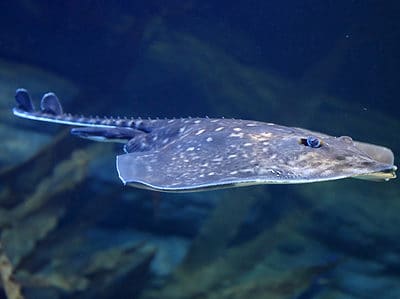
Thornback Ray
The skate with the biggest spines!

Thrush
The American robin is called the robin because its red breast reminded European settlers of the robin back in the old country.

Tick
They inject hosts with a chemical that stops them from feeling the pain of the bite

Tiger Beetle
The adult tiger beetle is one of the fastest land insects in the world

Tortoise
Can live until they are more than 150 years old!

Tree Frog
Found in warmer jungles and forests!
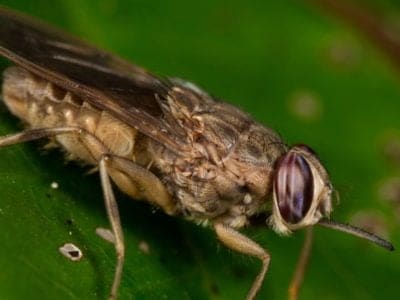
Tsetse Fly
Tsetse flies are large biting flies that live in the tropical regions of Africa.
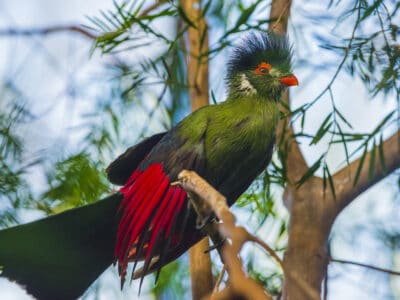
Turaco
Their name means “banana-eater,” but they rarely ever eat bananas.

Turtles
Some species of aquatic turtles can get up to 70 percent of their oxygen through their butt.
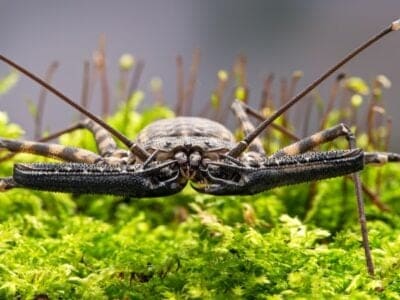
Vinegaroon
Vinegaroons can spray 19 times before the glands are depleted
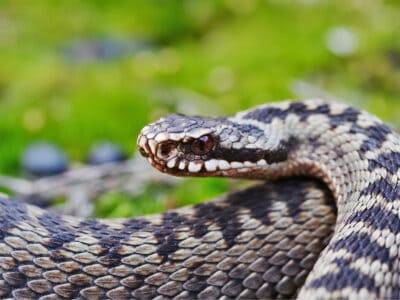
Viper
Vipers are one of the most widespread groups of snakes and inhabit most

Vulture
There are 30 different species worldwide!
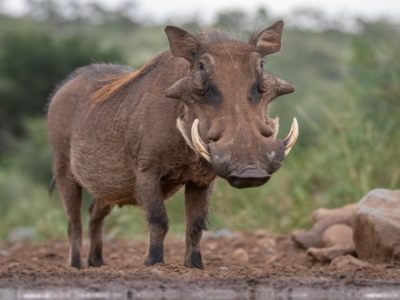
Warthog
Has two sets of tusks on it's face!

Wasp
There are around 75,000 recognised species!
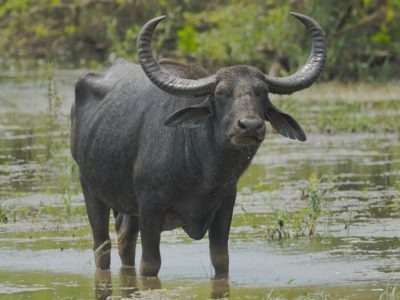
Water Buffalo
Has been domesticated for thousands of years!

Western Gorilla
There are two sub-species!
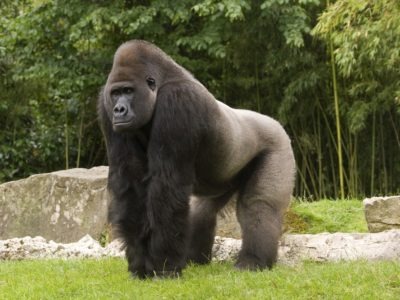
Western Lowland Gorilla
One of the great apes!

White Ferret / Albino Ferrets
There are two different types of white ferrets!

Wolf Spider
Carnivorous arachnid that hunts its prey.

Woodlouse
This animal can roll up into a ball

Woodpecker
There are 200 different species!

Worm
Doesn’t have eyes.
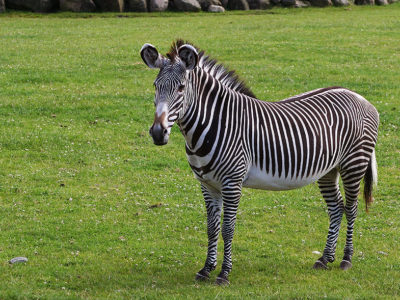
Zebra
Stripe patterns are unique to each individual!

Zebu
There are around 75 different species!
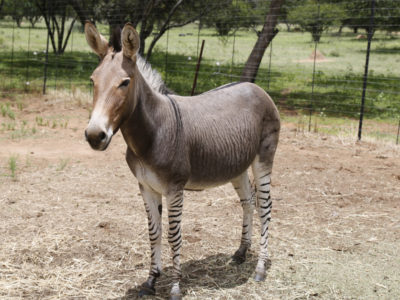
Zonkey
The offspring of Zebra and Donkey parents!
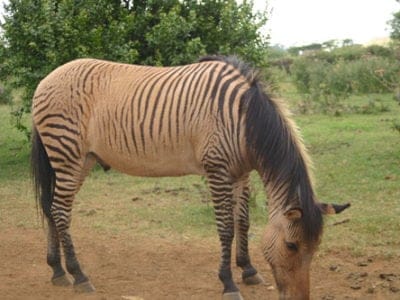
Zorse
The offspring of a Zebra and Horse parents!
Equatorial Guinean Animals List
- Aardvark
- African Civet
- African Clawed Frog
- African Elephant
- African Fish Eagle
- African Forest Elephant
- African Golden Cat
- African Grey Parrot
- African Jacana
- African Palm Civet
- African Sugarcane Borer
- African Tree Toad
- Agama Lizard
- American Cockroach
- Ant
- Antelope
- Armyworm
- Banana Spider
- Barb
- Barn Owl
- Barn Swallow
- Bat
- Bed Bugs
- Bee
- Beetle
- Bichir
- Bird
- Biscuit Beetle
- Black Widow Spider
- Bongo
- Brazilian Treehopper
- Brown-banded Cockroach
- Brown Dog Tick
- Buffalo
- Bumblebee
- Bush Baby
- Bush Viper
- Butterfly
- Caecilian
- Carpenter Ant
- Cat
- Caterpillar
- Catfish
- Centipede
- Chameleon
- Cheetah
- Chicken
- Chimpanzee
- Cichlid
- Cockroach
- Codling Moth
- Common Buzzard
- Common Furniture Beetle
- Common House Spider
- Cormorant
- Cow
- Crab
- Crab Spider
- Crane
- Cricket
- Crocodile
- Crocodylomorph
- Crow
- Cuckoo
- Dog
- Dog Tick
- Donkey
- Dormouse
- Dragonfly
- Duck
- Dung Beetle
- Dwarf Crocodile
- Earthworm
- Earwig
- Eel
- Egyptian Goose
- Electric Catfish
- Elephant
- Elephant Shrew
- Enchi Ball Python
- Falcon
- False Widow Spider
- Fiddler Crab
- Fire Ball Python
- Firefly
- Firefly Ball Python
- Flamingo
- Flea
- Fly
- Forest Cobra
- Fox
- Frog
- Fruit Fly
- Gaboon Viper
- Gazelle
- Gecko
- Gerbil
- German Cockroach
- Glass Lizard
- Glowworm
- Gnat
- Goat
- Golden Oriole
- Goliath Frog
- Gorilla
- Grasshopper
- Green Bee-Eater
- Guinea Fowl
- Gypsy Moth
- Hamster
- Hare
- Hawk Moth Caterpillar
- Hedgehog
- Heron
- Hippopotamus
- Honey Badger
- Honey Bee
- Hoopoe
- Horse
- Horsefly
- Housefly
- Human
- Huntsman Spider
- Hyena
- Ibis
- Insects
- Jacana
- Jack Crevalle
- Jumping Spider
- Kingfisher
- Ladybug
- Leech
- Leopard
- Liger
- Lion
- Lizard
- Locust
- Maggot
- Magpie
- Mandrill
- Marabou Stork
- Mayfly
- Mealybug
- Millipede
- Mojave Ball Python
- Mole
- Mongoose
- Mongrel
- Monitor Lizard
- Monkey
- Moorhen
- Mosquito
- Moth
- Mouse
- Mule
- Nematode
- Nightingale
- Nile Crocodile
- Nile Monitor
- No See Ums
- Olive Baboon
- Orb Weaver
- Osprey
- Otter
- Owl
- Pangolin
- Parrot
- Peregrine Falcon
- Pheasant
- Pigeon
- Pompano Fish
- Praying Mantis
- Puff Adder
- Quail
- Rabbit
- Rat
- Red-Billed Quelea Bird
- Redstart
- Rhinoceros
- River Turtle
- Robin
- Rock Python
- Rodents
- Rooster
- Sable Ferret
- Sand Crab
- Scaleless Ball Python
- Scorpion
- Sea Eagle
- Seahorse
- Serval
- Shrew
- Shrimp
- Skink Lizard
- Slug
- Smokybrown Cockroach
- Snail
- Snake
- Sparrow
- Spider Wasp
- Spitting Cobra
- Squirrel
- Stick Insect
- Stiletto Snake
- Stork
- Swallowtail Butterfly
- Swan
- Tarantula Hawk
- Termite
- Thornback Ray
- Thrush
- Tick
- Tiger Beetle
- Tortoise
- Tree Frog
- Tsetse Fly
- Turaco
- Turtles
- Vinegaroon
- Viper
- Vulture
- Warthog
- Wasp
- Water Buffalo
- Western Gorilla
- Western Lowland Gorilla
- White Ferret / Albino Ferrets
- Wolf Spider
- Woodlouse
- Woodpecker
- Worm
- Zebra
- Zebu
- Zonkey
- Zorse
Animals in Equatorial Guinea FAQs (Frequently Asked Questions)
What Is Equatorial Guinea’s Largest National Park and What Kinds of Animals Can You Find There?
With about 2000 square kilometers of land, Monte Alén National Park is Equatorial Guinea’s largest national park. Officials designated the land a protected area in 1990, and today, approximately 105 mammals — including 16 primate species and rare forest elephants — 65 reptiles, and 265 bird species reside in the park. Goliath frogs, and other endangered species, also have populations in the Monte Alén National Park.
What Type of Vegetation and Animal Life Is Found in the Equatorial Forest?
Equatorial Guinea is filled with dense tropical forests and mangroves. Approximately 140 tree species and 3,250 plant ones thrive in the region. Palms and hardwood trees are the most plentiful. Yams and bananas aren’t native to the area, but early settlers introduced them, and they’re now staple crops.
What Animals Live in Equatorial Guinea?
Equatorial Guinea is filled with exciting fauna, but the country is not a hot tourist destination due to its notoriously corrupt government. Plus, it’s still an underdeveloped nation. However, the few visitors who land within its borders each year are treated to a unique biodiversity smorgasbord.
Hundreds of species call the country home, including giraffes, elephants, hippos, leopards, monkeys, gorillas, giant squirrels, western tree hyraxes, and blue duikers.
What Animals Have Gone Extinct from Equatorial Guinea?
In recent years, no animals have gone extinct in Equatorial Guinea. Other species that may have lived in the region during prehistoric times were the Atlas bear and many dinosaur species.
What Is the Most Dangerous Animal in Equatorial Guinea?
Due to their ability to spread fatal diseases, mosquitos are the most dangerous animals in Equatorial Guinea.
What Is the Most Popular Animal in Equatorial Guinea?
By far, the most popular animal in Equatorial Guinea is the giraffe. Equatoguineans revere them, and being called a giraffe is a compliment.




